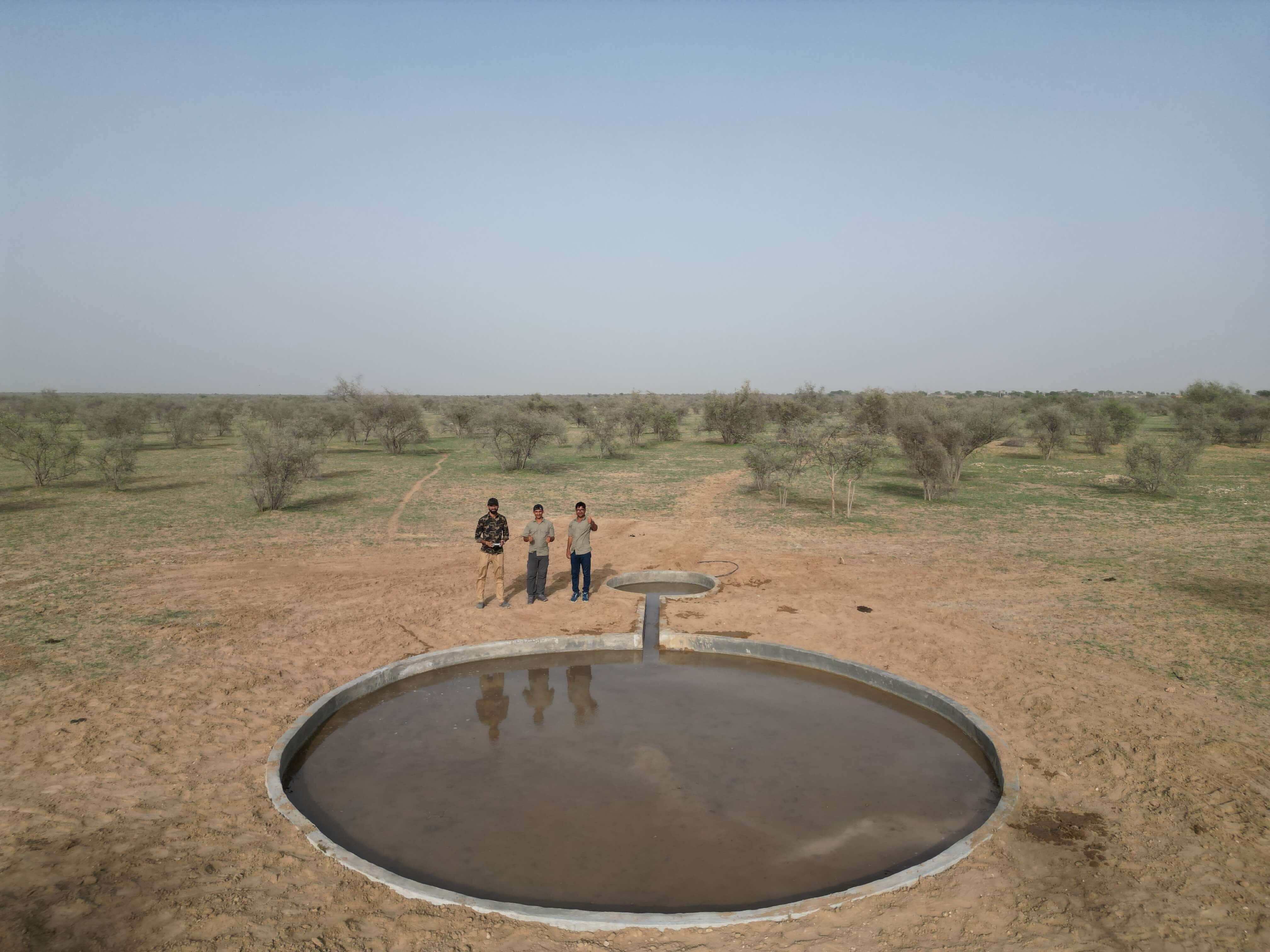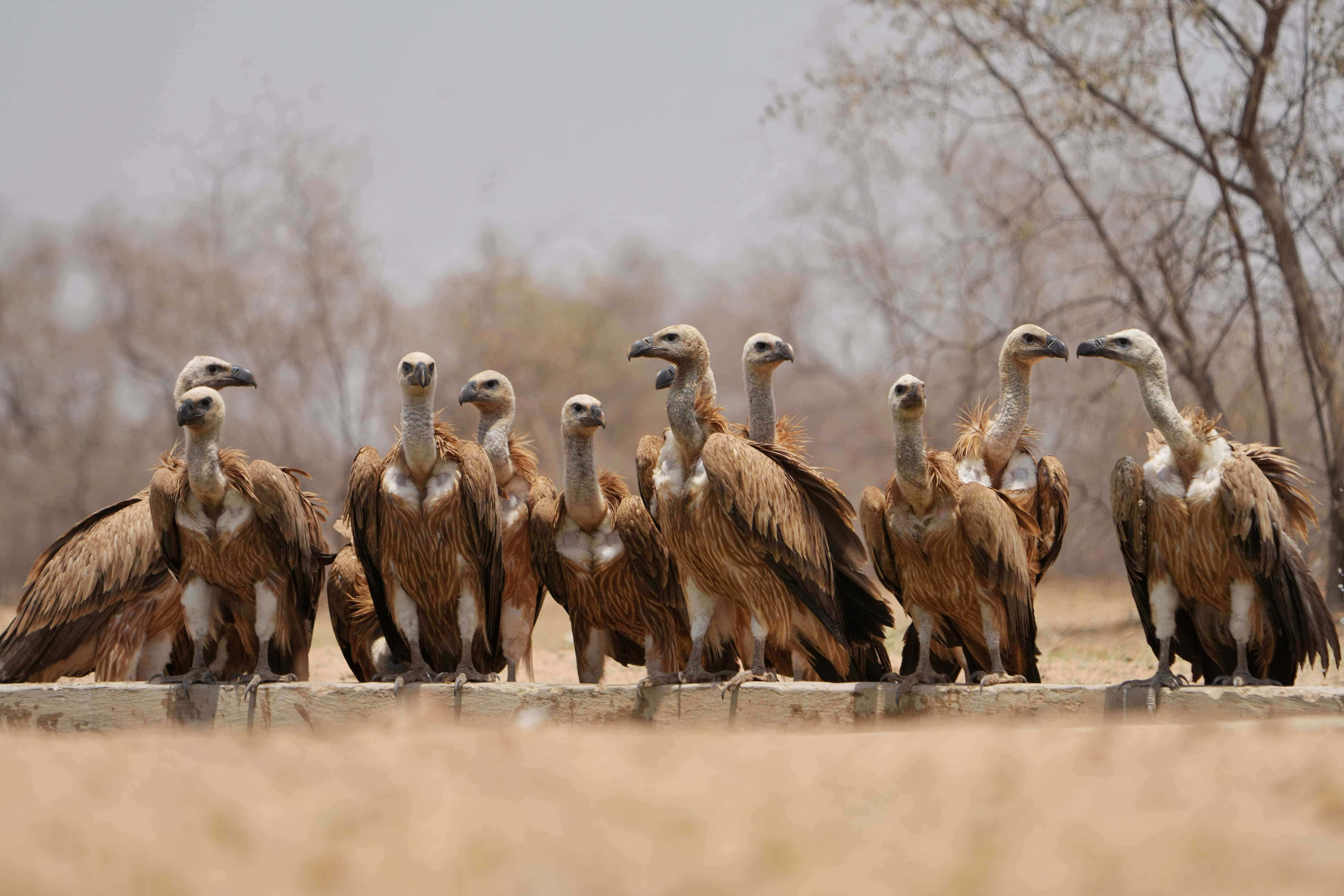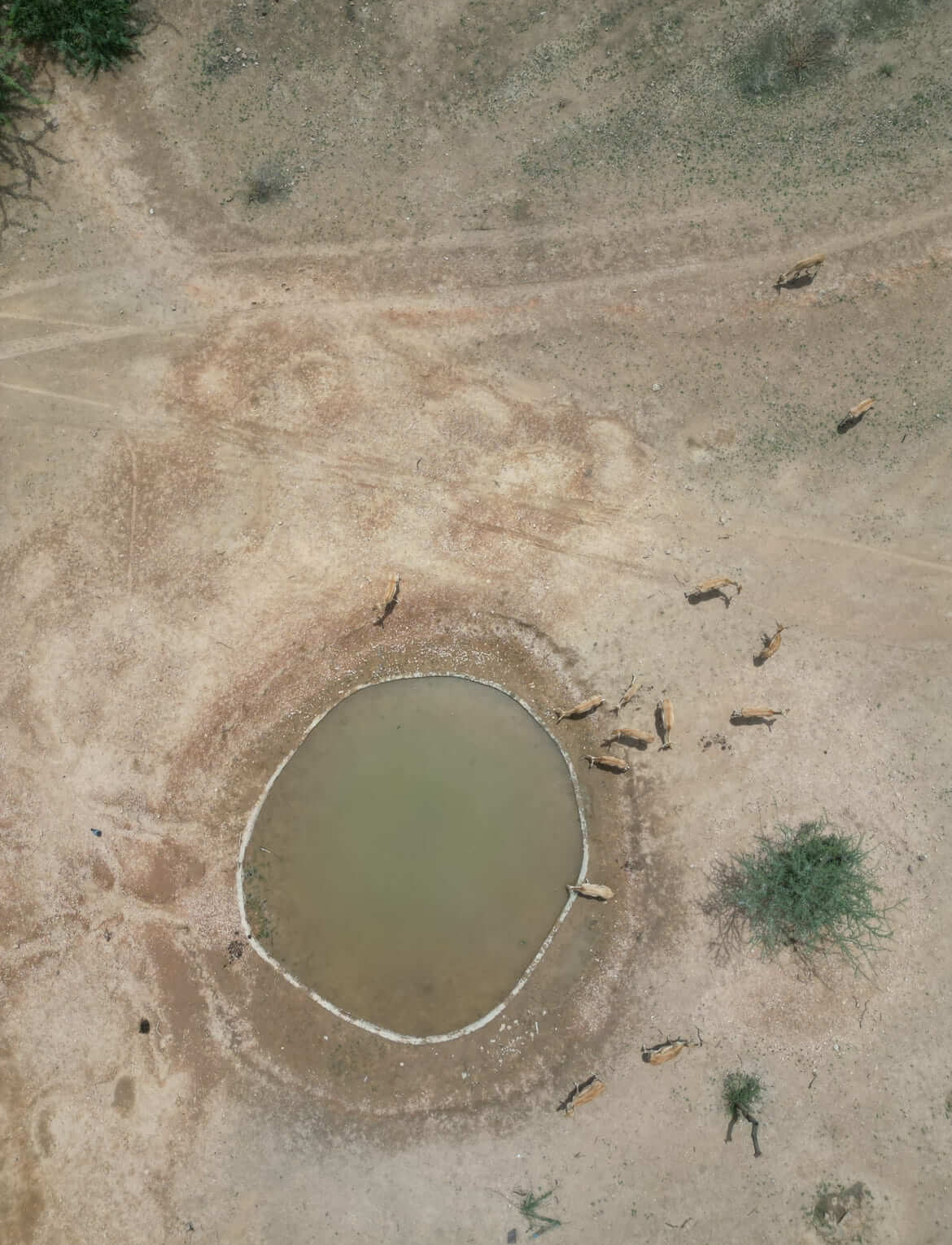Radheshyam Pemani Bishnoi (1997-2025), widely known as the "Godawan Man of India," was a wildlife conservationist whose life was dedicated to protecting the critically endangered Great Indian Bustard (GIB) and preserving the rich biodiversity of the Thar Desert in Rajasthan, India.
Born into the environmentally conscious Bishnoi community in Dholiya village near Pokhran, Radheshyam embodied their 500-year tradition of wildlife protection from an early age. By 28, he had accomplished what many conservationists strive for in a lifetime—creating water reservoirs across the arid landscape, leading community conservation projects, documenting critical biodiversity data, initiating anti-poaching cases, and rescuing countless injured animals.
His tireless dedication earned him prestigious recognition, including the Sanctuary Wildlife Service Award (2021) under the Young Naturalist Category and appointment as a Mud-on-Boots Project Leader by the Sanctuary Nature Foundation. Tragically, his life was cut short during an anti-poaching mission on May 24, 2025, when his vehicle collided with a truck on National Highway 11 near Jaisalmer.
This comprehensive documentation chronicles the extraordinary life, achievements, and enduring legacy of Radheshyam Bishnoi—a true environmental hero whose impact on conservation will continue to inspire generations to come.

Radheshyam Bishnoi in his natural element—the Thar Desert








